
Where It All Began: The Story of California Ripe Olives
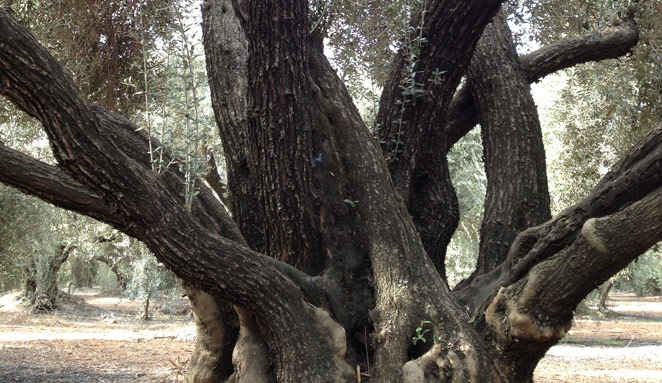 |
THE FAMILY TREEThe roots of California Ripe Olives go way back. Wild olives (scientifically known as oleaster) once grew all over the Mediterranean, Southeast Asia, and other areas, but this small plant bore little resemblance to the graceful modern olive tree. That is, until about 5,000 years ago when it was first cultivated in Crete and Syria into the beauty we are familiar with today. |
OLIVES ON A MISSIONOnce established, olive trees flourished in Spain, Tunisia, Morocco, and other Mediterranean countries for thousands of years, and were featured in many of the regions culinary specialties. The Spaniards were the first to realize that this fabulous fruit could have international appeal and took the first cuttings to Peru in the mid-sixteenth century. From there, Franciscan Monks took olives to Central America and moved North through the missions of Mexico. In 1769, the first olive cuttings were planted in California at the San Diego Mission where the olives thrived in California’s climate. |
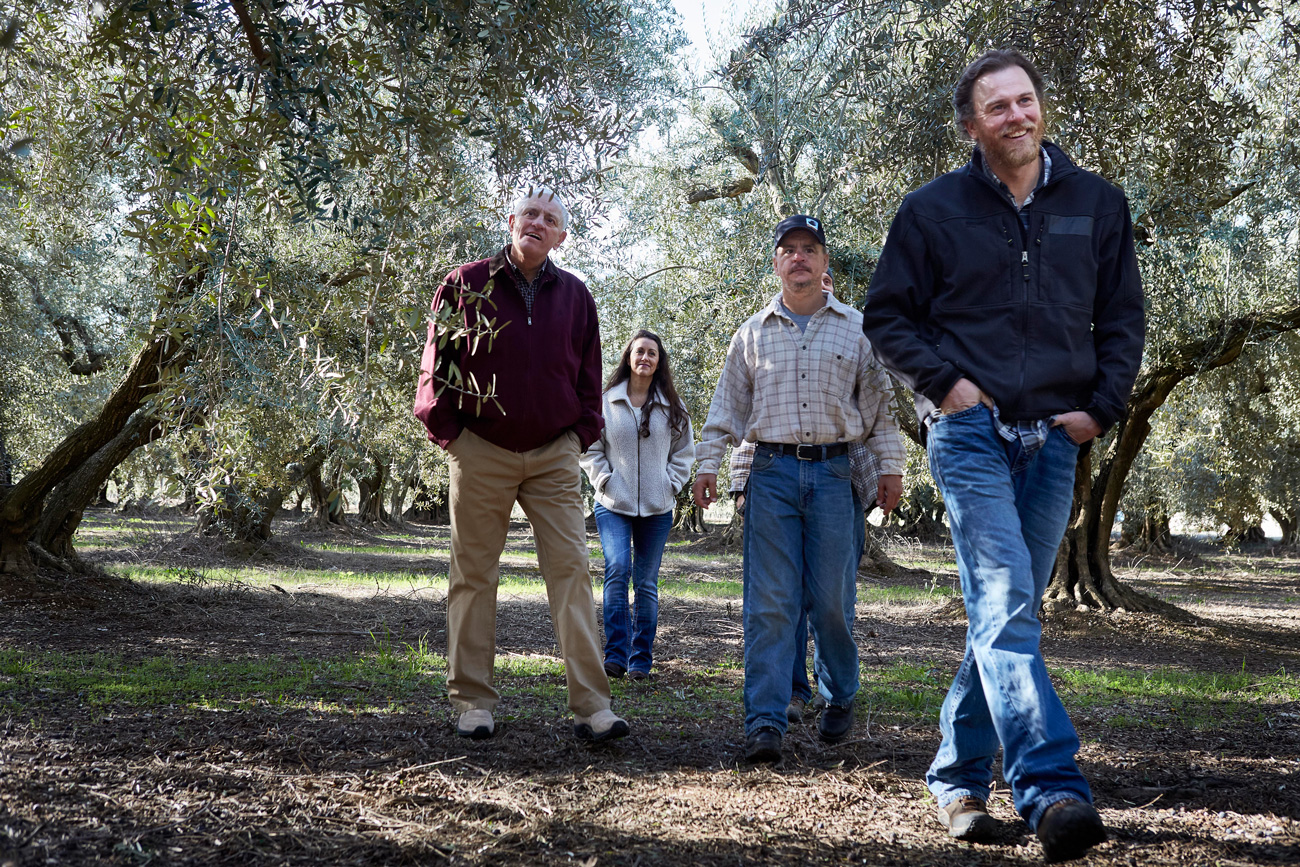 |
CALIFORNIA DREAMINGSurrounded by a cooperative climate, Californians started planting acres of olive trees in response to the high demand for olive oil in the 1800s. When the market became saturated (ironically, with monounsaturated oil), prices dropped, and farmers were tasked with finding an alternative use for their olive trees. A woman named Freda Ehmann and her son, Edwin, came up with a resourceful solution to the industry’s problem. The Ehmann family had trees that bore little fruit, and selling pressed oil was not an option for them. After consulting with a UC Berkeley professor on processing methods, Freda began experimenting with 280 gallons of olives in barrels on her back porch. Thanks to her creative thinking, California Ripe Olives were born. |
FROM OUR FARMS TO YOUR TABLECalifornia Ripe Olives may not be prepared on Freda’s back porch anymore (in fact, we can assure you, they are always cured in one of two California state-of-the-art canning facilities), but they are made through the same exact process that Freda invented. This is what gives our olives a unique and distinctly American flavor. Mild, versatile and meaty, they continue to add great flavor to everything from American country cooking to a melting pot of ethnic cuisines. |
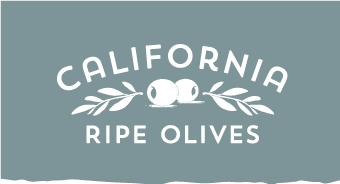







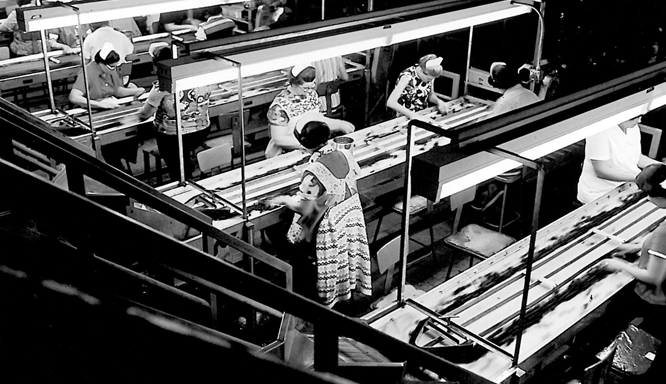
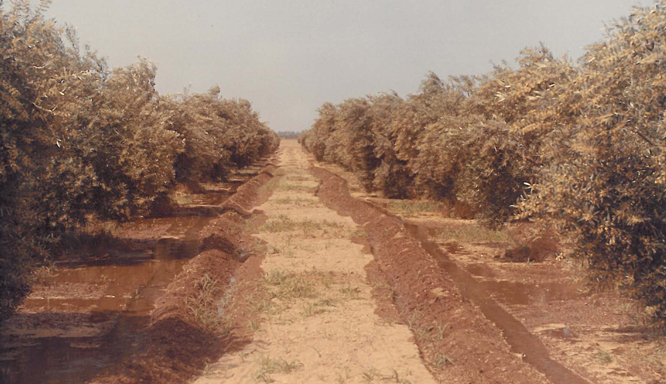
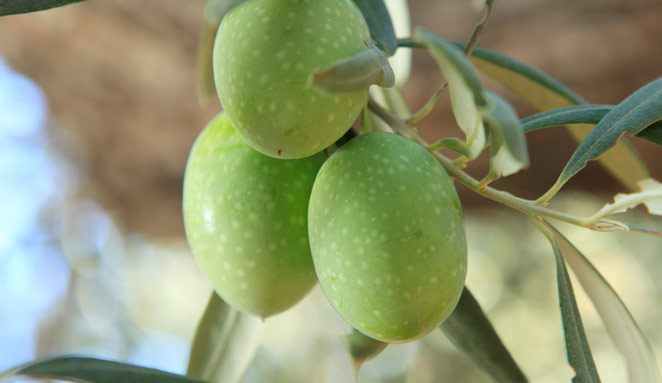
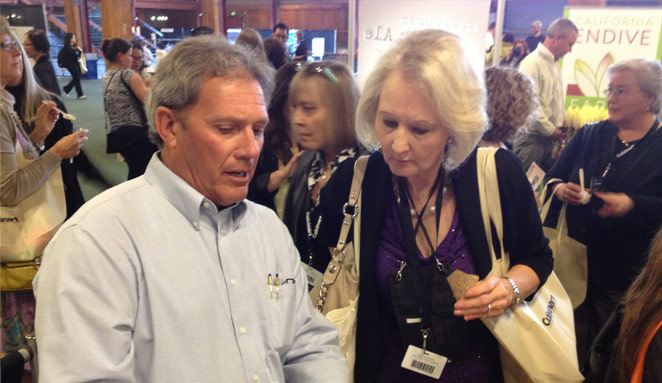

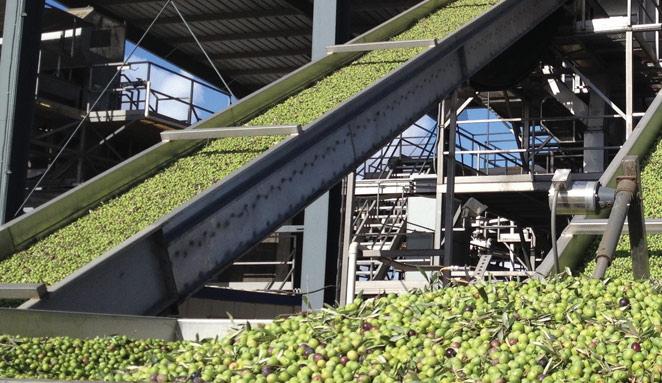

[…] communications. The California Olive Committee (COC) is now taking this approach in an all new grower-focused trade campaign titled “Ripe Olives: Grown in California: Enjoyed By Families […]
[…] Plus you can feel good about cooking with an ingredient that has been grown in California for centuries—the first olive trees were planted in California in 1769! […]
[…] to meet increasing demand,” she says. And supporting local growers is as simple as purchasing California-grown ripe table olives from your nearby grocery store. Just be sure to look out for the California Grown license plate […]
[…] job to meet increasing demand,” she says. And supporting local growers is as simple as purchasing California-grown ripe table olives from your nearby grocery store. Just be sure to look out for the California Grown license plate […]
[…] job to meet increasing demand,” she says. And supporting local growers is as simple as purchasing California-grown ripe table olives from your nearby grocery store. Just be sure to look out for the California Grown license plate […]
[…] job to meet increasing demand,” she says. And supporting local growers is as simple as purchasing California-grown ripe table olives from your nearby grocery store. Just be sure to look out for the California Grown license plate […]
[…] the job to fulfill rising demand,” she says. And supporting native growers is so simple as buying California-grown ripe table olives out of your close by grocery retailer. Simply make sure you look out for the California Grown […]
[…] job to meet increasing demand,” she says. And supporting local growers is as simple as purchasing California-grown ripe table olives from your nearby grocery store. Just be sure to look out for the California Grown license plate […]
[…] job to meet increasing demand,” she says. And supporting local growers is as simple as purchasing California-grown ripe table olives from your nearby grocery store. Just be sure to look out for the California Grown license plate […]
[…] job to meet increasing demand,” she says. And supporting local growers is as simple as purchasing California-grown ripe table olives from your nearby grocery store. Just be sure to look out for the California Grown license plate […]
[…] job to meet increasing demand,” she says. And supporting local growers is as simple as purchasing California-grown ripe table olives from your nearby grocery store. Just be sure to look out for the California Grown license plate […]
[…] job to meet increasing demand,” she says. And supporting local growers is as simple as purchasing California-grown ripe table olives from your nearby grocery store. Just be sure to look out for the California Grown license plate […]
[…] job to meet increasing demand,” she says. And supporting local growers is as simple as purchasing California-grown ripe table olives from your nearby grocery store. Just be sure to look out for the California Grown license plate […]
[…] job to meet increasing demand,” she says. And supporting local growers is as simple as purchasing California-grown ripe table olives from your nearby grocery store. Just be sure to look out for the California Grown license plate […]
[…] job to meet increasing demand,” she says. And supporting local growers is as simple as purchasing California-grown ripe table olives from your nearby grocery store. Just be sure to look out for the California Grown license plate […]
[…] job to meet increasing demand,” she says. And supporting local growers is as simple as purchasing California-grown ripe table olives from your nearby grocery store. Just be sure to look out for the California Grown license plate […]
[…] job to meet increasing demand,” she says. And supporting local growers is as simple as purchasing California-grown ripe table olives from your nearby grocery store. Just be sure to look out for the California Grown license plate […]
[…] job to meet increasing demand,” she says. And supporting local growers is as simple as purchasing California-grown ripe table olives from your nearby grocery store. Just be sure to look out for the California Grown license plate […]
[…] A grower named Freda Ehmann came up with a resourceful solution to the industry’s problem. After consulting with a U.C. Berkeley professor about processing methods, she began experimenting with pickling methods and discovered a formula that resulted in table olives (i.e., those eaten directly or used in creating recipes), that could be sold loose from containers or prepackaged. product. Thanks to her initiative, the condiment* olive industry was born [source]. […]